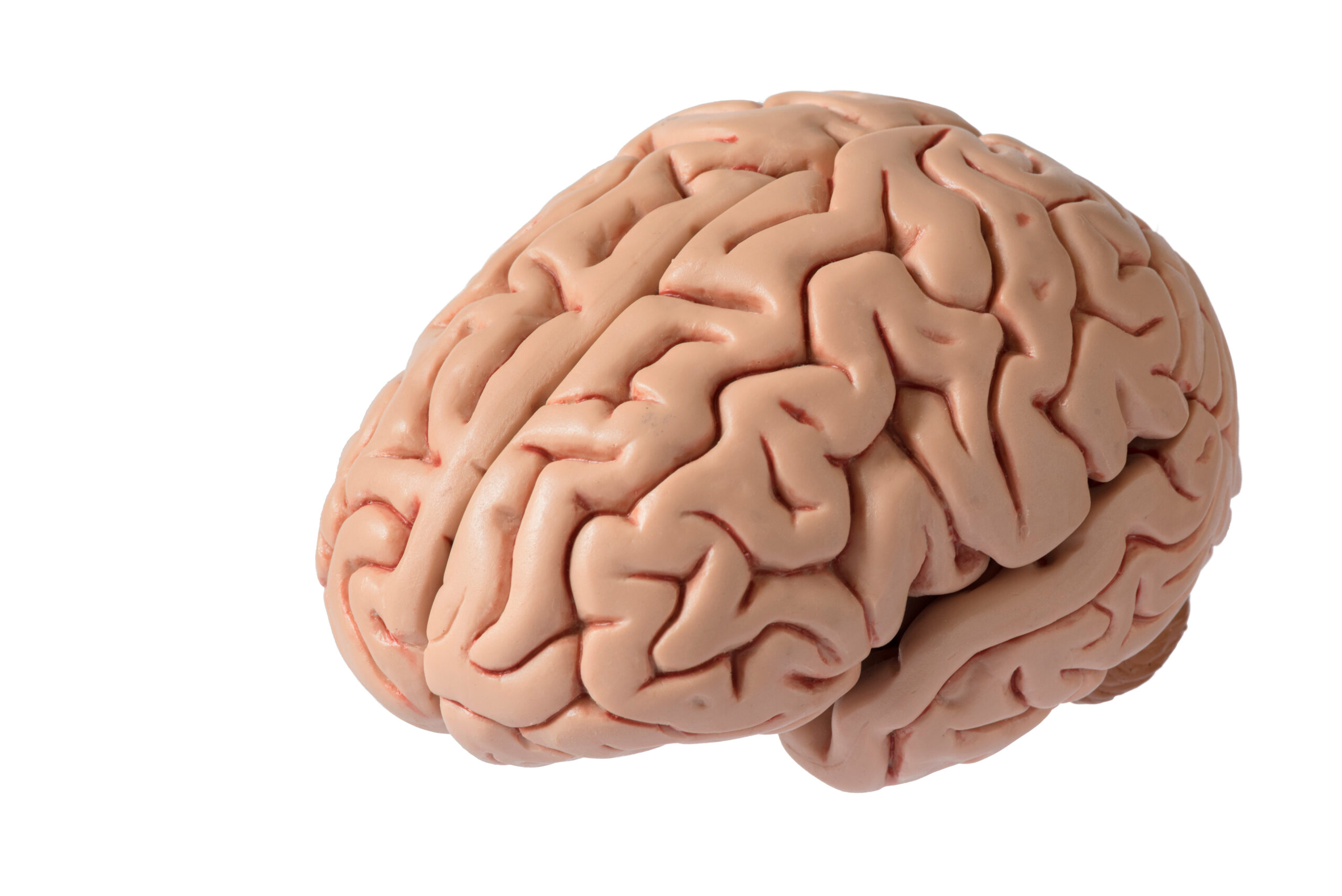How Your Childhood Shadow Games Honed Visual-Spatial Intelligence
### How Your Childhood Shadow Games Honed Visual-Spatial Intelligence
When we were kids, we often played simple games that seemed like just fun and games. But these activities actually helped us develop a crucial skill called visual-spatial intelligence. This is the ability to understand and manipulate visual information, which is essential for many aspects of life, from problem-solving to creativity.
### 1. Shadow Play: A Basic yet Powerful Tool
One of the most common childhood games is shadow play. This involves using a light source, like a flashlight or desk lamp, to create shadows on a wall. Kids would hold objects like cups, toys, or leaves and watch as their shadows appeared on the wall. This activity might seem simple, but it does a lot more than just entertain.
**Why It Works:**
– **Understanding Shapes and Sizes:** By observing the shadows, children learn to recognize and understand different shapes and sizes. Even though the objects themselves are not visible, their shadows provide a visual representation that helps kids grasp these concepts.
– **Spatial Awareness:** Shadow play also enhances spatial awareness. Children learn to see how objects relate to each other in space, even when they are not directly visible. This skill is crucial for tasks like building with blocks or understanding how different parts of an object fit together.
– **Imagination and Creativity:** Shadow play encourages imagination as children interpret the shapes and movements of the shadows. This creative thinking helps them understand visual information in unique and innovative ways.
### 2. Top and Bottom Activities: A Fun Way to Learn
Another set of activities that help develop visual-spatial intelligence are those that focus on top and bottom. These include treasure hunts, flashcards, and other interactive games.
**Why They Work:**
– **Spatial Awareness:** Activities like the top and bottom treasure hunt require children to move around and find objects placed at different heights. This physical activity helps internalize the concept of top and bottom, enhancing spatial awareness.
– **Problem-Solving:** The treasure hunt also involves problem-solving as children need to follow clues to find the objects. This process requires visualizing the location of the objects and understanding their spatial relationships.
– **Visual Memory:** Flashcards with images of objects at the top and bottom help reinforce visual memory. By sorting the cards into two piles, children enhance their ability to recognize and remember visual information.
### 3. Color Sorting Games: A Great Way to Enhance Color Differentiation
Color sorting games are another activity that contributes to visual-spatial intelligence.
**Why They Work:**
– **Color Differentiation:** By sorting objects by color, children learn to differentiate between various hues. This skill is essential for recognizing patterns and details, which are crucial for visual perception.
– **Categorization and Organization:** Sorting objects by color also helps kids develop their ability to categorize and organize visually. This skill is important for visual memory and understanding complex visual information.
### Conclusion
These childhood games might seem simple, but they play a significant role in developing visual-spatial intelligence. By understanding shapes, sizes, and spatial relationships, children lay the foundation for future problem-solving skills and creative thinking. So, the next time you reminisce about your childhood, remember that those fun games were actually honing your visual-spatial intelligence





